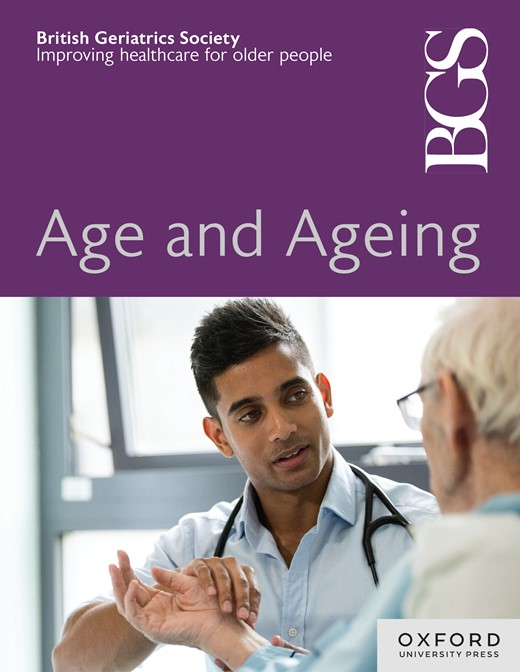3062 Support and cognitive rehabilitation care at home in the management of early neurocognitive disorders
IF 7.1
2区 医学
Q1 GERIATRICS & GERONTOLOGY
引用次数: 0
Abstract
Introduction The implementation of cognitive rehabilitation sessions (CRS) in the management of individuals with neurodegenerative diseases has increased. To identify the barriers to the implementation of CRS at home from the perspective of the primary caregiver. Method This is a multicentric, quantitative, descriptive, observational, cross-sectional study. We distributed questionnaires from May to November 2023 to the primary caregivers of patients being followed for mild to moderate cognitive disorders and who had received a prescription for CRS. Comparisons of variables were made using the Kruskal-Wallis test. We collected 150 questionnaires. Our population had an average age of 81 years, predominantly female (55%), and mainly followed in memory clinics (61%) for Alzheimer’s disease (58%). The primary caregiver was mainly a spouse (74%), with 40% being female. The patients mostly received home nursing care (SSIAD) (47%) and physiotherapy (34%), with 54% of the patients receiving the personalised autonomy allowance (APA). 69% of CRS prescriptions were made by a geriatrician, and 19% by a general practitioner. Results The time to prescription of CRS differed according to the place of follow-up (15 months day hospital vs. 26 months general practitioner vs. 20 months memory clinic (p = 0.03)). The average time between prescription and implementation of CRS was 3 months. Regarding the opinions of the primary caregivers: 98% of the primary caregivers considered them beneficial but insufficient in quantity (67%); 22% did not accept the presence of a team at home, and 21% found the home unsuitable for sessions. Conclusion The sessions should be started as early as possible in the management of cognitive disorders to prevent the progression of the pathology. Our study showed that patients managed in a day hospital had a quicker prescription of sessions compared to patients followed by a general practitioner or in a memory clinic.家庭支持和认知康复护理在早期神经认知障碍治疗中的作用
认知康复治疗(CRS)在神经退行性疾病患者治疗中的应用越来越多。从主要照顾者的角度确定在家中实施CRS的障碍。方法采用多中心、定量、描述性、观察性、横断面研究。我们于2023年5月至11月向接受CRS处方的轻度至中度认知障碍患者的主要护理人员分发问卷。变量比较采用Kruskal-Wallis检验。我们收集了150份问卷。我们的人群平均年龄为81岁,主要是女性(55%),主要是在记忆诊所(61%)治疗阿尔茨海默病(58%)。主要照顾者主要是配偶(74%),其中40%是女性。患者主要接受家庭护理(SSIAD)(47%)和物理治疗(34%),54%的患者接受个性化自主津贴(APA)。69%的CRS处方由老年病专家开具,19%由全科医生开具。结果随访地点不同,CRS处方时间差异(15个月日间医院vs 26个月全科医生vs 20个月记忆门诊)。从处方到CRS实施的平均时间为3个月。初级照护者的意见:98%的初级照护者认为有益但数量不足(67%);22%的人不接受家里有团队,21%的人认为家里不适合开会。结论在认知障碍的治疗中,应尽早开始治疗,以防止病理发展。我们的研究表明,与全科医生或记忆诊所的病人相比,在日间医院治疗的病人有更快的疗程处方。
本文章由计算机程序翻译,如有差异,请以英文原文为准。
求助全文
约1分钟内获得全文
求助全文
来源期刊

Age and ageing
医学-老年医学
CiteScore
9.20
自引率
6.00%
发文量
796
审稿时长
4-8 weeks
期刊介绍:
Age and Ageing is an international journal publishing refereed original articles and commissioned reviews on geriatric medicine and gerontology. Its range includes research on ageing and clinical, epidemiological, and psychological aspects of later life.
 求助内容:
求助内容: 应助结果提醒方式:
应助结果提醒方式:


